New York Historical Society opens ‘The New York Sari’
The exhibition examines how the sari has shaped South Asian life in New York from the Gilded Age to today.
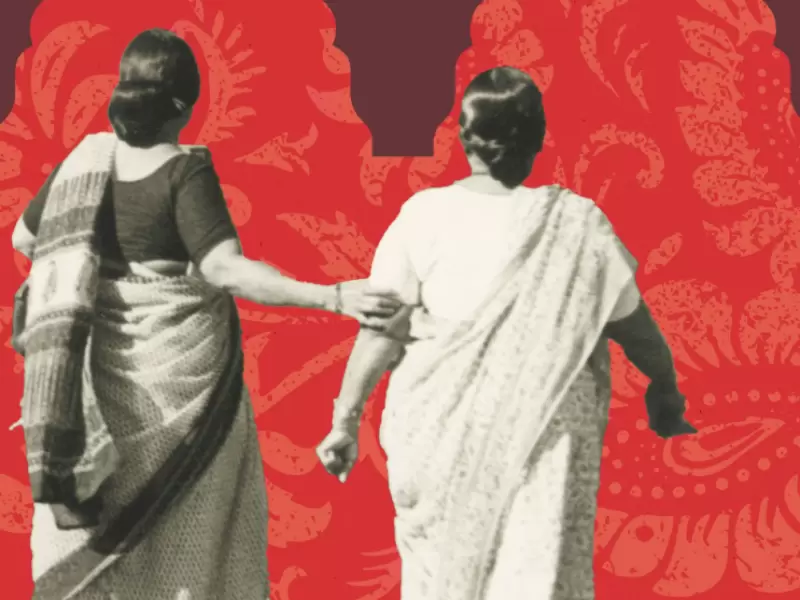 The New York Sari explores how the sari and South Asian culture are essential parts of the fabric of New York City. / Instagram (nyhistory)
The New York Sari explores how the sari and South Asian culture are essential parts of the fabric of New York City. / Instagram (nyhistory)
The New York Historical Society has opened The New York Sari, an exhibition examining how the garment has shaped and reflected the lives of South Asian communities in New York City from the Gilded Age to the present.
The show runs from Sept. 12 to April 26, 2026.
Also Read: Home away from home: Udemy co-founder Biyani hails USA for acceptance
The exhibition presents the sari as “an essential part of the cultural fabric of New York City,” using it to explore how wearers and makers have navigated identity, migration, gender, and modernity across different periods and neighborhoods.
It moves from early South Asian presences in New York—including the little-known history of Coney Island’s first theme park—to the city’s contemporary South Asian enclaves.
 Women wearing Sari / Instagram (@nyhistory)
Women wearing Sari / Instagram (@nyhistory)According to curators Salonee Bhaman and Anna Danziger Halperin, the exhibition highlights how communities have relied on tradition while looking toward “a bolder future of inclusion and progress.”
Beyond the garment’s visual appeal, the exhibition positions the sari as a historical marker tied to broader migration and labor patterns.
Archival material and objects trace how South Asian migrants in the 19th and 20th centuries used the sari to maintain cultural continuity while adapting to shifting legal, social, and economic conditions in the United States.
Additional sections track how the meaning of the sari has changed, from hand-loomed textiles and regional draping practices to contemporary reinterpretations by digital creators, sustainability-focused designers, and inter-generational diaspora artists.
Curated by Bhaman, a Mellon Foundation Postdoctoral Fellow in Women’s History and Public History, and Danziger Halperin, Director of the Center for Women’s History, The New York Sari situates the garment within the city’s gendered and migrant histories rather than treating it as a fashion object.
Support for the exhibition comes from New York City Council Member Shekar Krishnan, Epicenter NYC as community media partner, Joyce B.
ADVERTISEMENT
ADVERTISEMENT
E Paper
Video



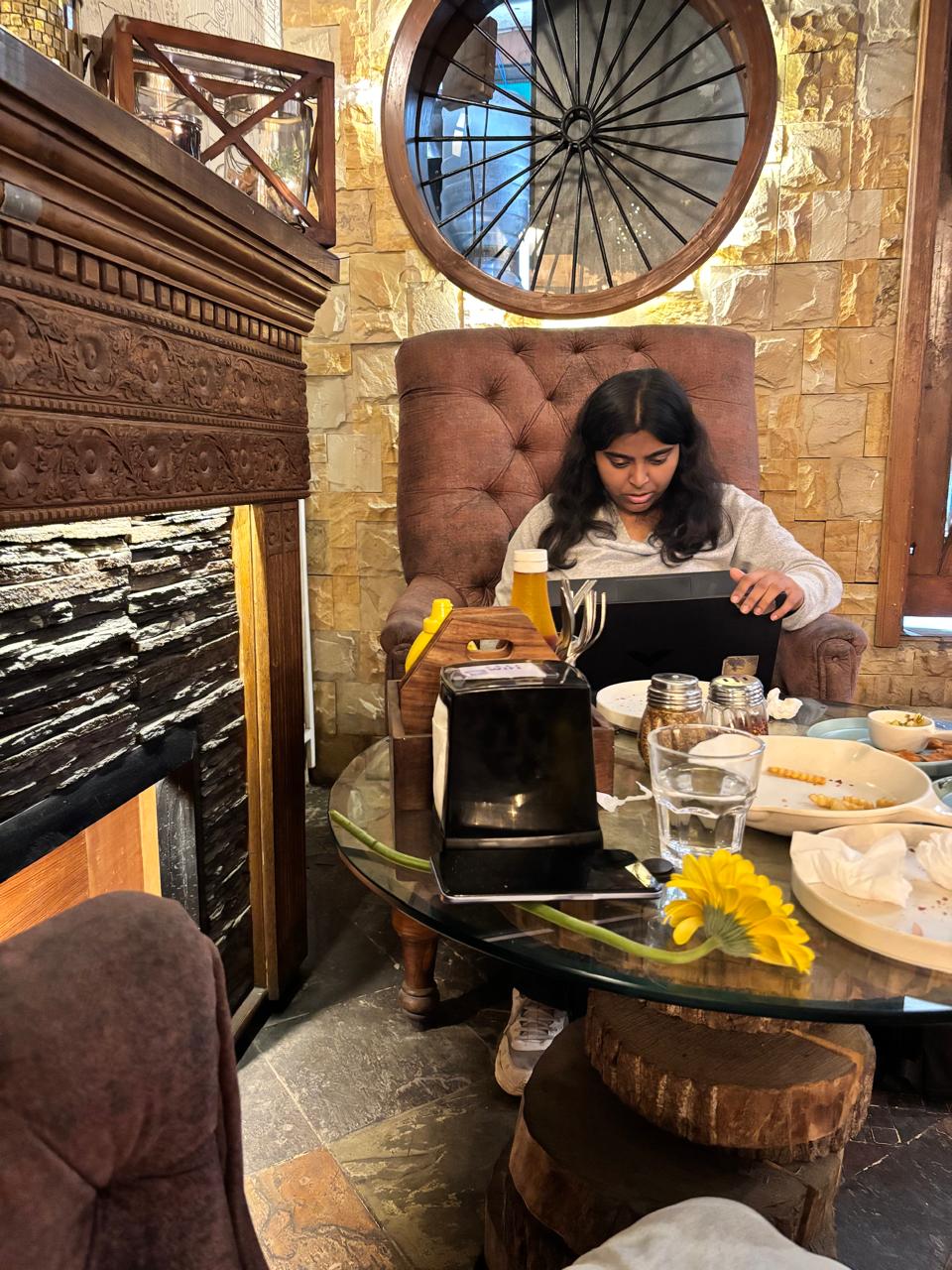 Malvika Choudhary
Malvika Choudhary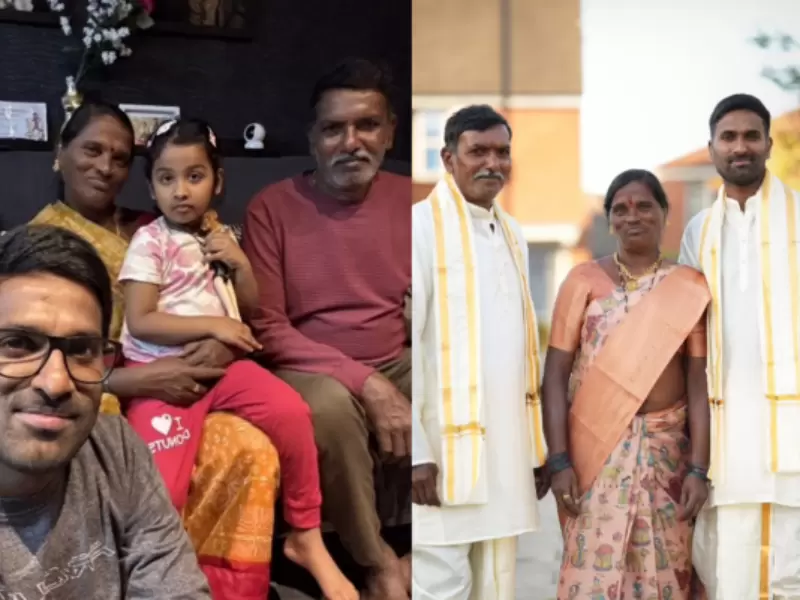



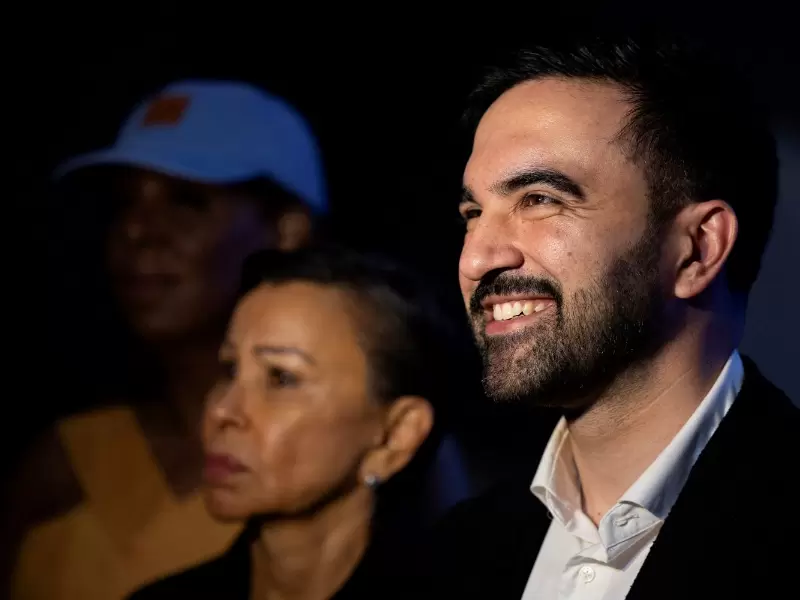


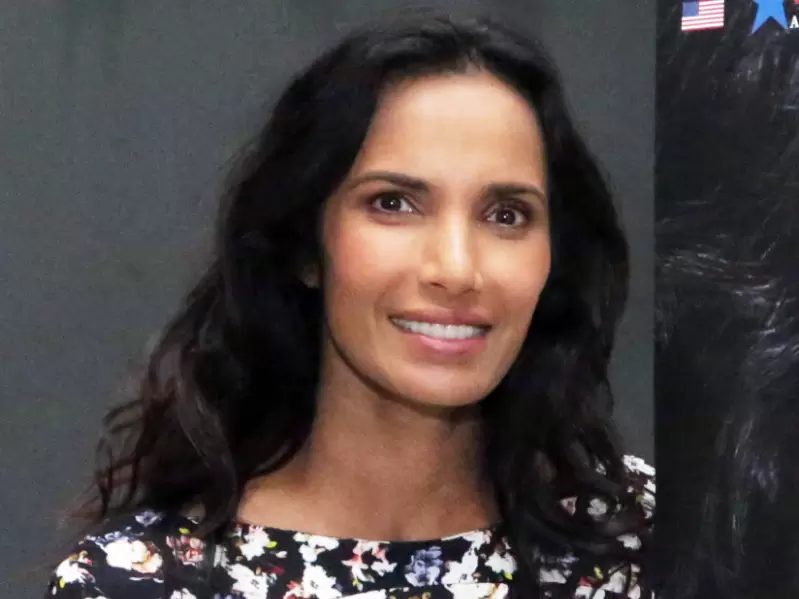




Comments
Start the conversation
Become a member of New India Abroad to start commenting.
Sign Up Now
Already have an account? Login